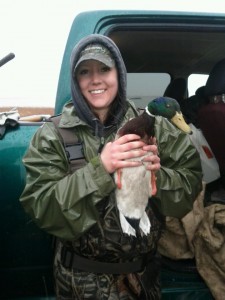Predation Effects on Waterfowl Production
Within the Prairie Pothole Region (PPR), parkland habitats have been identified as crucial breeding areas for migratory waterfowl. Nesting success plays a primary role in duck population dynamics and has decreased across the PPR over the last several decades, often below the 15-20% threshold necessary to maintain populations. The decrease is largely attributed to increased predation resulting from habitat alteration, specifically loss of native prairie to agricultural, industrial and residential land practices. Predator management has been utilized by waterfowl managers for several decades, beginning with poisoning and later turning to more targeted methods like trapping. Well-informed habitat management remains essential to maintaining healthy duck populations, but in some circumstances nest success is severely limited by predation rates that cannot be mitigated by habitat management alone.
Buffalo Lake and Viking are centers of duck production hotspots within the Alberta parklands and are the focus of our research on upland duck nesting success and use of predation reduction strategies, done in partnership with the Delta Waterfowl Foundation. In 2015, 200 cylindrical, artificial nesting structures called hen houses were installed over water in the Buffalo Lake region, and each will be monitored for use and nest fate through 2015-2017 nesting seasons. On plots in both study areas, professional trappers will target mesopredators including coyotes, foxes, skunks, and raccoons, while corvids will be removed opportunistically. Breeding pair surveys, upland nest searching, nest monitoring and brood surveys will be conducted, with the goals of estimating nesting success for both regions and evaluating the efficacy of each management tool. Habitat associations with successful versus depredated nests might help to identify those habitats where nest predators would have least consequence, and will be examined for potential management implications.
